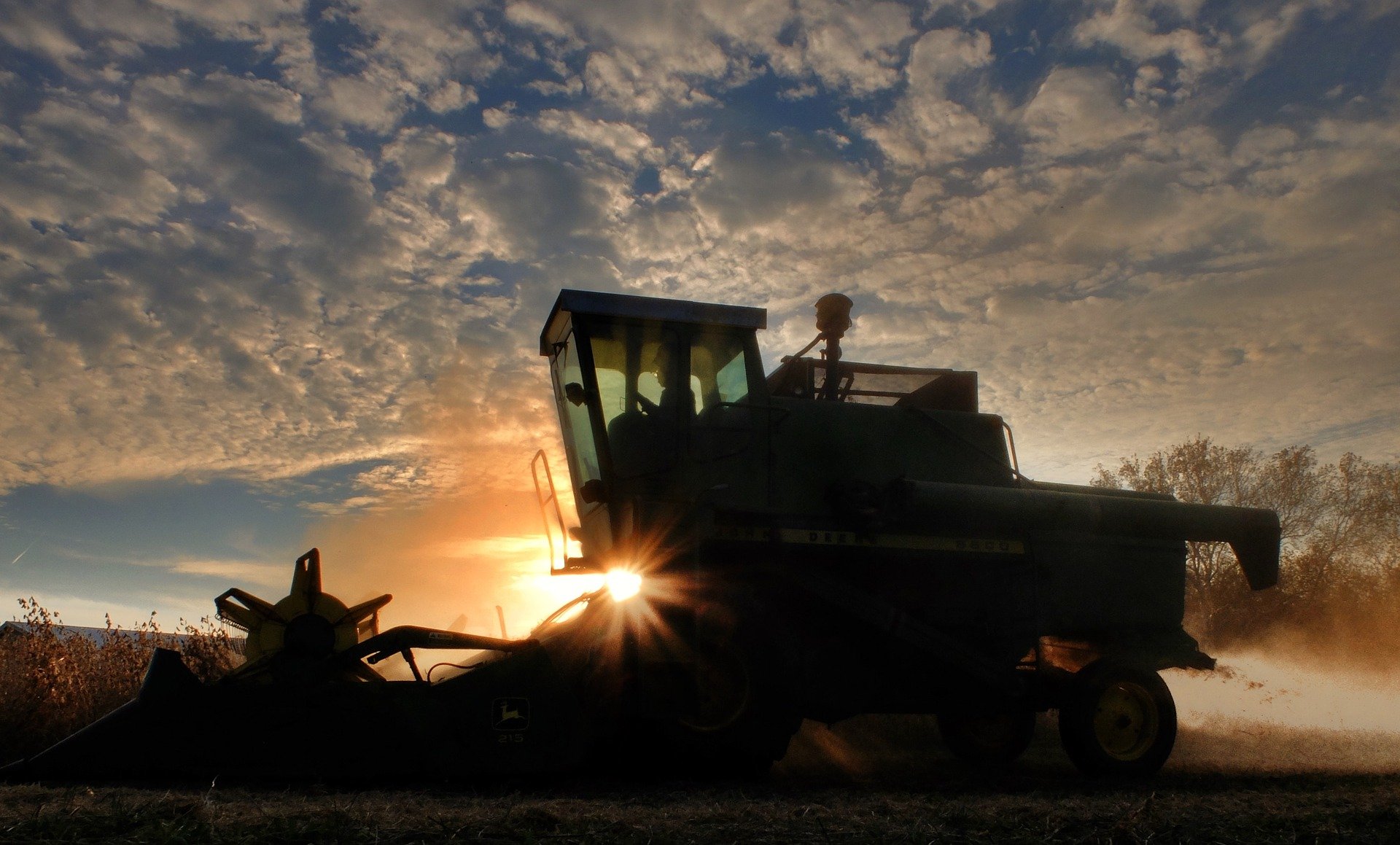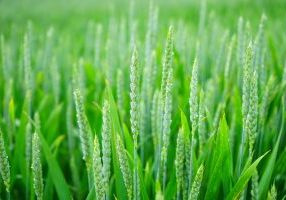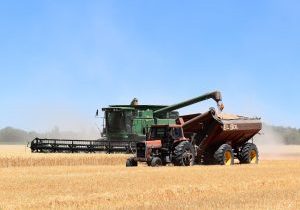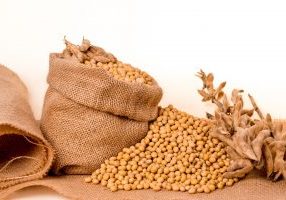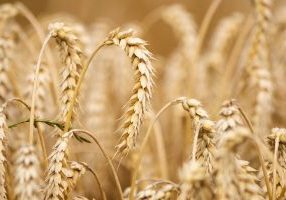Top Tips to Grow Soybeans in Ontario
It's not uncommon for farmers to want crops that yield high profits while requiring minimal maintenance. Many growers have switched from corn production over the last decade to soybeans instead. What was once just a niche crop has become one of North America's most popular agricultural products. This is primarily because soybeans don't require as much attention or water as other grain-producing plants, including corn.
Top Tips for Soybean Growth
Early Plantation
The Ontario Ministry of Agriculture, Food and Rural Affairs advises that soybeans should be planted early, in the first week of May. Early plantation has proven to produce higher yields. When soybeans are planted in early May instead of at the end of the month, farmers generally produce, on average, an additional 4 bushels of Soybeans. (TopcropManager.com, 1999)

Alongside the calendar, one of the most essential factors for soybeans is the soil condition at planting. Better soil conditions will produce better results. Taking this into account, if soil conditions are more favourable for planting in the last week of April, farmers should proceed with planting rather than waiting the additional week when soil conditions may not be as favourable. It's better to plant when the soil condition is the best, rather than by the calendar.
Seed Treatment
Seed treatment is necessary to protect the early soybean plantation from pests, insects, and diseases. There are three types of seed treatments used for soybean protection:
- Fungicides
- Insecticides, and
- Nematicides
Seed treatment protects seeds, improves emergence rates, and increases yield. (Wise, 2018). Seed treatment is an essential and valuable technique when planting early, as cool, wet soil can contribute to crop challenges. Seed treatment is especially beneficial in reduced or no-till situations. (Ministry of Agriculture, 2017)
Planting Depth
Depth is also an essential factor to consider when
planting soybeans that will directly impact the yield of early soybean crops. The general depth required for soybean seeds is 3.8cm. When soybean seeds are larger, they must be planted deeper in the soil to ensure adequate moisture. If planted early, the planting depth should be reduced to 2.5cm. (Ministry of Agriculture, 2017)
Rolling:
Rolling is a process that helps improve combine efficiency by leveling the field and providing the seed with more direct contact with the soil. It also helps avoid the chances of plant injury. In the case of early planting, many farmers prefer to roll immediately after planting. Still, rolling can be done immediately or once the crop has emerged. (Ministry of Agriculture, 2017)
The Canadian Advantage
Canada is considered one of the best environments for growing soybeans for a whole host of reasons:
- The air quality in Canada is among the world's best, which is beneficial for general crop and soybean production.
- The availability of deep fertile soil provides a healthy environment for soybean seeds and plants to grow.
- Canada has some of the cleanest water sources globally. The availability of clean, healthy water is highly beneficial for soybean production.
- Canada is home to many agriculture and agri-food scientists and research centres that work to benefit Canadian farmers, emphasizing and promoting innovation and competitiveness within the sector.
- The readiness to keep on upgrading the tools and equipment that increase the efficiency of soybean production.
Canada has developed a system that ensures quality soybean product is delivered to customers domestically and abroad. Canadian Identity Preserved soybeans are tracked from seed, grown to specification, and tracked through to export to ensure customers receive soybeans that match their requirements. It is an integrated system that is one of the best globally and provides buyers with high-quality, reliable, traceable Canadian soybeans.
Canada's agricultural sector is world-class, and with increasing market demands and investments in the farming industry, soybean production will continue to grow as a significant crop in Ontario.
ONTARIO FARMING COMMUNITY PAGES
On our community pages, you'll find a wide variety of local information and resources.
Northern Ontario
The way humans have survived and thrived on this planet has changed drastically throughout centuries, decades, and sometimes year by year. Agriculture is perhaps one of the few things that has remained contant across time and civilization. For many countries, agriculture is the primary source of economic stability, while in others it's supplentary. Despite the differences, farming has proven essential through the ages and is still one of the most sought-after professions.
Some of the crucial aspects of farming and agriculture are listed below.
Contributes To National Revenue
Agriculture is the chief source to generate revenue for most developing countries. As for developed countries, agriculture provides bonus income as their economy is not directly dependent on it.
Supply Of Food And Fodder
The agricultural sector provides food crops for the general population as well as for export purposes. The fodder produced is mainly used as food source for domestic animals. Moreover, livestock can also be consumed as a source of protein.
It Provides A Source Of Livelihood.
The agricultural industry is still one of the most significant industries that employs a significant portion of the populaton. There are many job opportunities in agriculture: farmer, harvester, technician for farm equipment, even scientist. These provide jobs to people with basic skill levels as well as to highly qualified individuals as well. In developing countries, agriculture has proven to give employment to a considerable number of people as well.
It Can Help To Heal The Environment.
Agriculture or farming has the power to harm or heal. When farmers grow different crops on the same piece of land, it will help them take better advantage of the nutrients on their land. Having more biodiversity will help you harvest healthier crops, experience less erosion, and attract more beneficial pollinators. All of this better preserves the environment which can then provide better crops.
Cropping Seasons
Most crops, but not all, are sowed during the spring and harvested during the fall. Farming in Ontario also includes wheat that is planted in either the spring or fall and harvested during the summer. Hayfields are sown and harvested multiple times every year, usually three or four timeson average. Spring farming is traditionally started during late April or early May in most years, once the threat of frost has passed.

